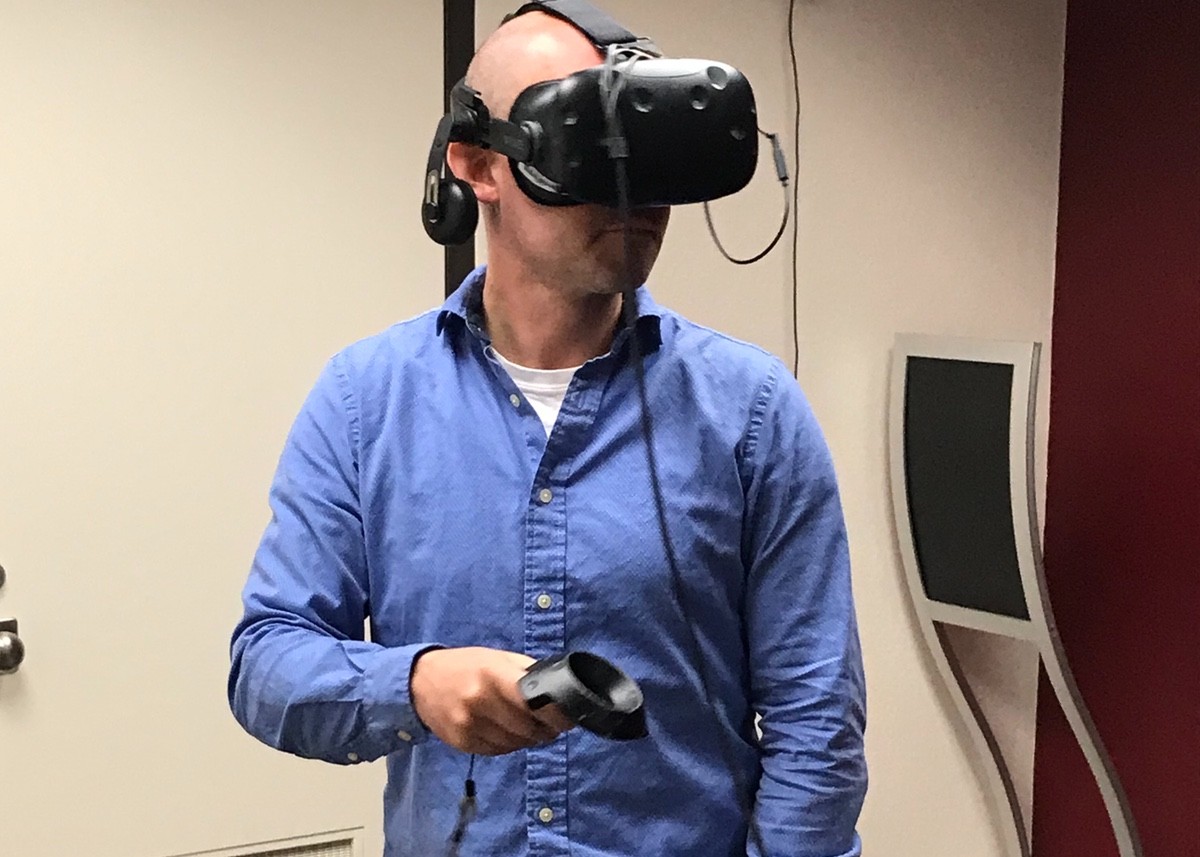OU Students Experience Ancient Earth with Virtual Reality
Geophysics students at the University of Oklahoma will be able to experience seismic data for the first time in a virtual reality environment this semester. This experience is a part of a pilot program to determine if virtual reality improves student learning in data concepts.
The class is a mix of undergraduate and graduate students taught by Heather Bedle, assistant professor of geophysics. Bedle said that engaging the peripheral view may help students and researchers make connections with the data more easily.
“If I can get students to understand and interpret the data more quickly, we can move on to more advanced topics,” Bedle said. “I’m hoping VR can remove some of the mystery and make data more approachable.”
John Grime, developer for emerging technologies at OU Libraries, said the scientific literature suggests virtual reality learning can decrease “time to solution” among experts.
“How that transfers to teaching when somebody’s not familiar with the material itself, we don’t know, and that’s we hope to find out,” he said.
Geologists gather seismic data by sending acoustic waves into the earth; the resulting data that bounces back is recorded and then interpreted, Grime and his team then use seismic data provided by Bedle and integrate it into a VR format.
“Geologists use it to understand what the ancient earth looked like,” Bedle said. “Where were deltas or riverbeds 200 million years ago? You can reconstruct past geologic terrains to understand what processes were going on during that period.”
“Typically, when we’re looking at seismic data, we’re limited to a flat screen. And while we can rotate and manipulate it, we’re not in it,” she said. “So we’re starting to play around with how we can show the data in VR so that we’re surrounded by it.”

Article Published: Wednesday, October 2, 2019